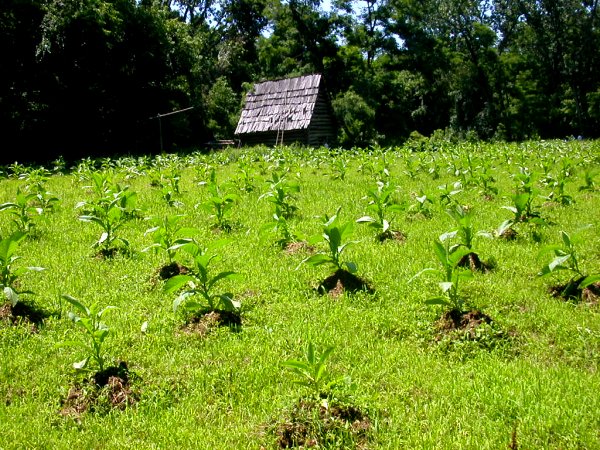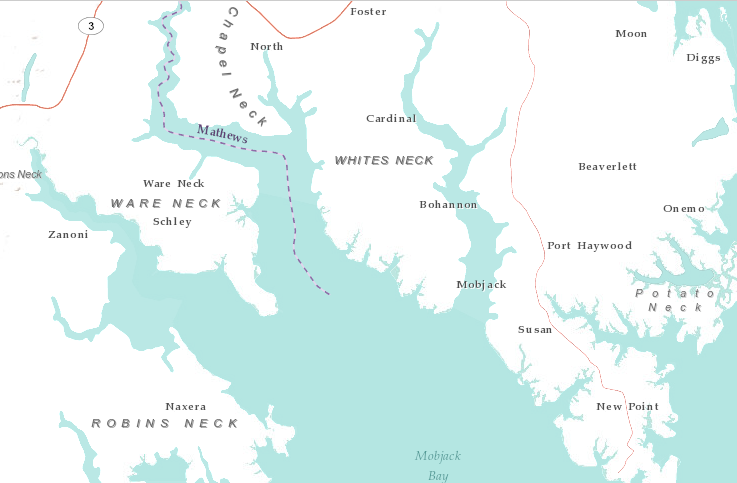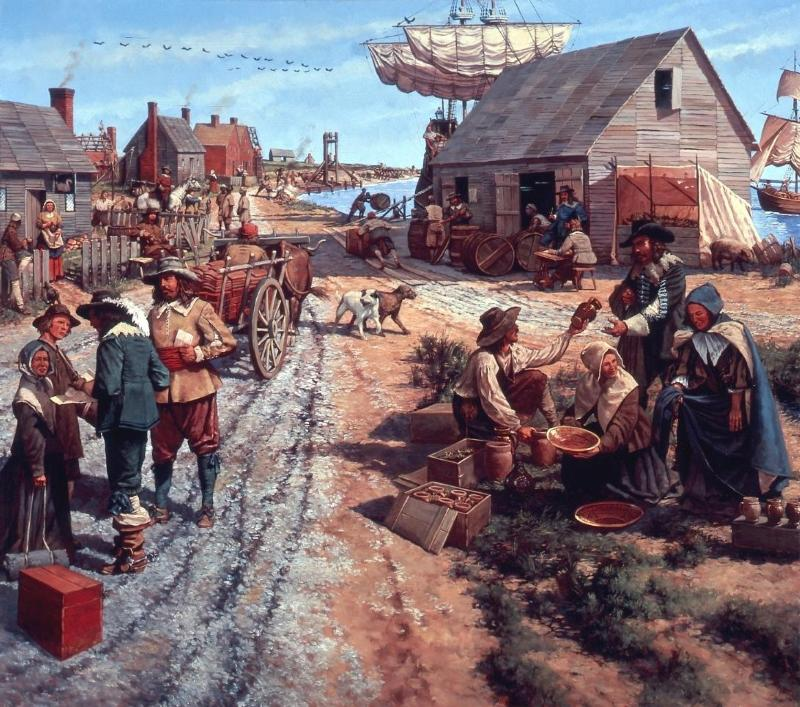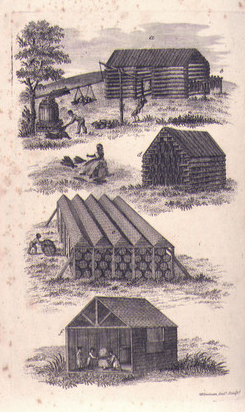|
There may have been a "tobacco mentality" among the top gentry, competing with each other to demonstrate person skills in growing excellent leaf and in managing plantations, but often the prices for a crop in England did not vary according to the quality as perceived in Virginia.
Until the 1730's, there were no quality control measures to guarantee the quality of Virginia's primary export, tobacco. When tobacco was bought and sold by the pound, there was always the temptation to add a few pounds of trash leaves that technically were tobacco, but were not suitable for smoking. Even sand and rocks might be inserted in a hogshead in Virginia. To cope with the risk, European buyers reduced the price they were willing to pay for Virginia tobacco.
One obvious solution was to inspect and certify the tobacco, to ensure it met at least minimum standards for quality, before allowing hogsheads to be exported. However, this would require transporting hogsheads to a central location for inspection, and the tobacco would be taxed to pay for the inspection. In addition, the process could result in unfair treatment at the hands of an incompetent or dishonest inspector.
In the 1700's, Virginia had no professional civil service or conflict of interest laws. People were selected for positions such as "tobacco inspector" based on family connections as much as on personal capabilities. Finally, while increased hassle and cost in Virginia was assured, it was not a sure bet that certification by an inspector would raise the price of the crop sold in Europe.
Governor Gooch was finally able to get the General Assembly to mandate tobacco inspection for all exported tobacco in the 1730's. Warehouses were constructed at designated inspection sites to store the hogsheads before inspection and then, after inspection, before shipment. When clerks, merchants, and others settled near the warehouses, small "tobacco towns" such as Quantico developed on the Coastal Plain.
After the system of tobacco inspection triggered growth of various towns, the pattern of town development changed:1
- ...town growth after 1750 shifted from the Williamsburg-Yorktown axis to the river towns on the James and Rappahannock. These locational changes are not puzzling to economic historians who have long known that they reflected shifting demands in the international market. Urban growth in the lower peninsula slackened because market preferences switched from sweet-scented tobacco to lower-quality Oronoco for the French consumer and to grains for the markets of the West Indies, southern Europe, and Britain.
|

Tobacco field at Claude Moore Farm (Fairfax County)
|



